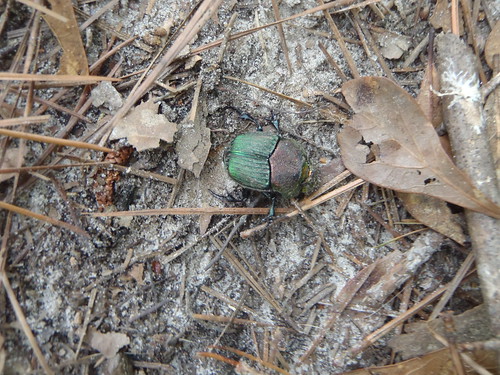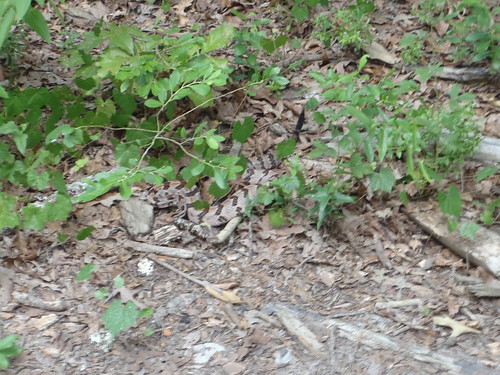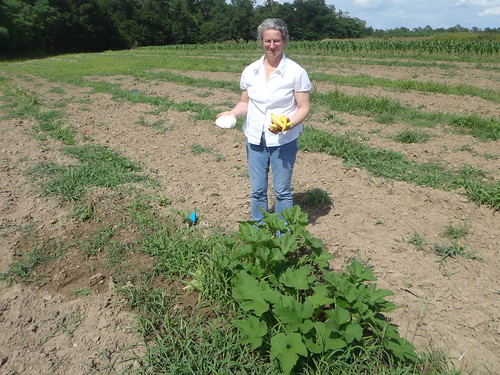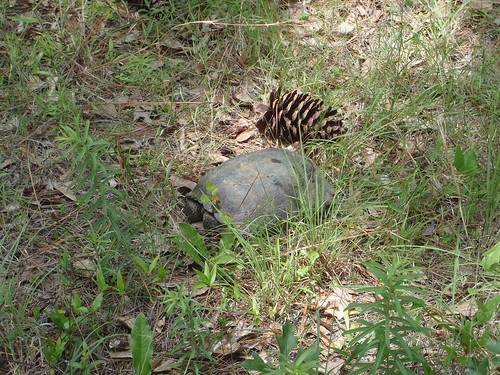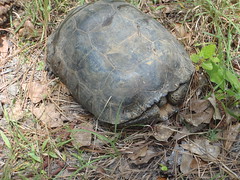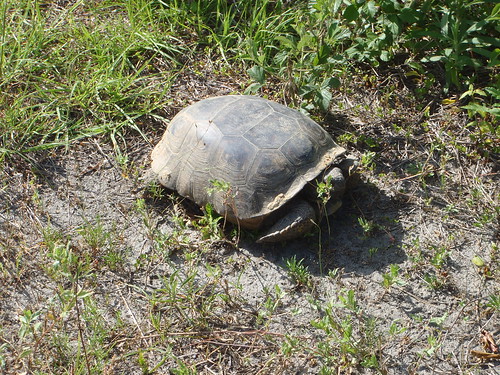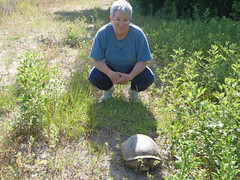 The surprising thing is so few people have heard of Leon Neel.
Here’s a very interesting biography of this very influential
pioneer in southeastern forestry and agriculture, including
many interesting stories of south Georgia and north Florida
life and politics:
The surprising thing is so few people have heard of Leon Neel.
Here’s a very interesting biography of this very influential
pioneer in southeastern forestry and agriculture, including
many interesting stories of south Georgia and north Florida
life and politics:
The Art of Managing Longleaf:Leon Neel was a atudent, apprentice, and successor of Herbert Stoddard, who was originally hired by quail plantation owners around Thomasville to figure out why their quail populations were decreasing. The answer included a need to thin and especially to burn their longleaf pine tree forests. Stoddard and Neel studied and practiced for almost a century between them on how to preserve and increase the amount of standing timber and species diversity while also selectively harvesting trees to pay for the whole thing. Their Stoddard-Neel Approach is written up in textbooks. In this book we learn how it came about, and how it is basically different from the clearcut-thin-thin-clearcut “efficient” timbering cycle that is the current fad among pine tree growers in the southeast.
A Personal History of the Stoddard-Neel Approach,
by Leon Neel, with Paul S. Sutter and Albert G. Way.
It starts back in the old days of Leon Neel’s youth when his daddy taught him to hunt quail: Continue reading
